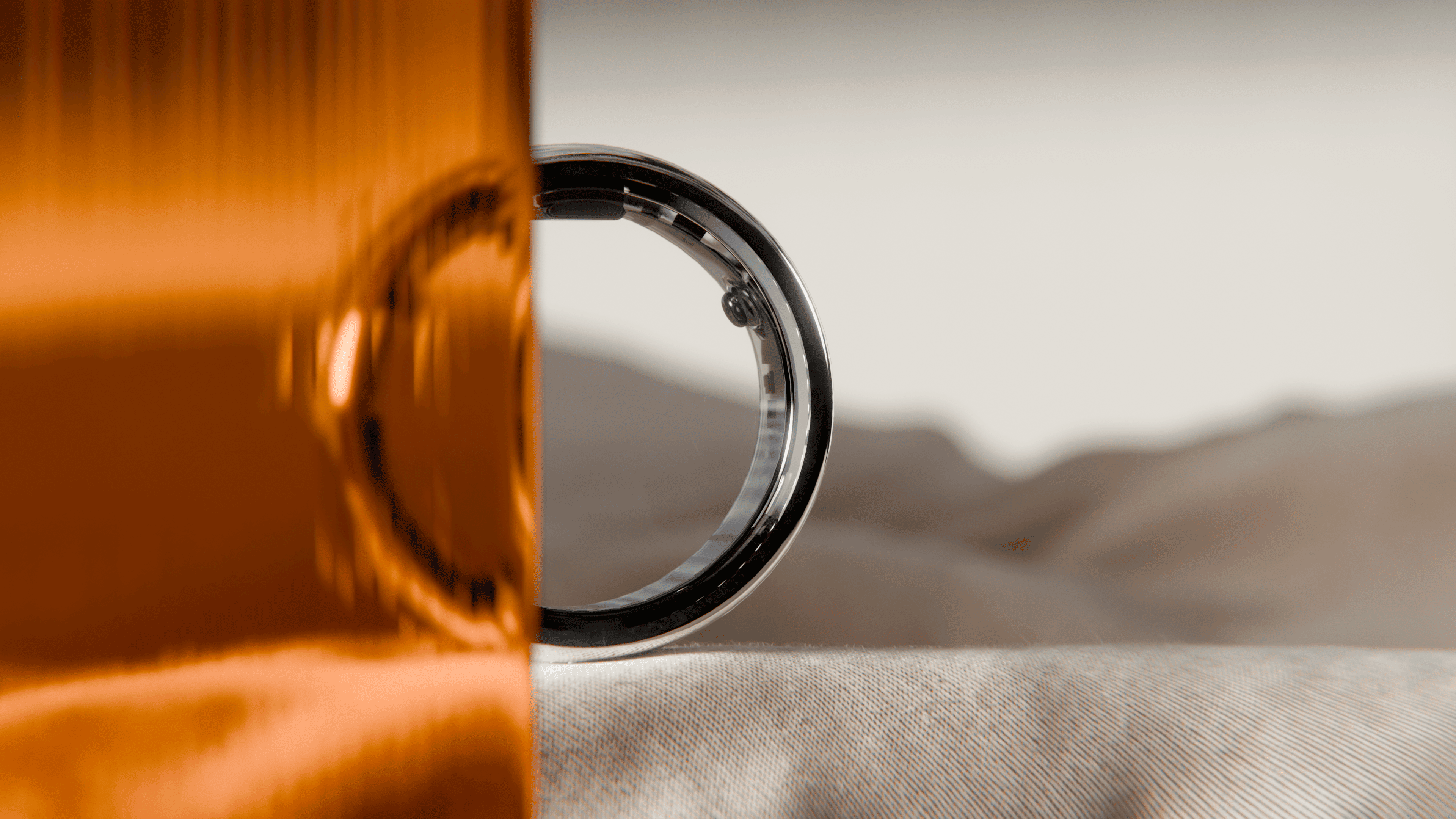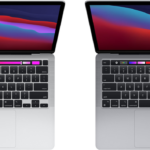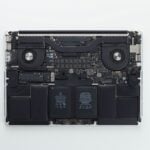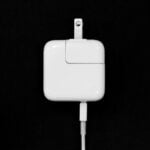Circular has launched the Circular Ring 2, a cutting-edge smart ring that enhances ECG monitoring and features innovative sizing solutions, surpassing the Oura Ring. This device integrates advanced health-monitoring technologies with a user-friendly design, providing a comparable experience to high-end smartwatches.
If it delivers as promised, it could transform the wearables market in 2025, making sophisticated heart health monitoring accessible and convenient through a daily-worn ring.
Understanding the Ultrahuman Ring Air’s Heart Health Features
How the Ring Works
The Ultrahuman Ring Air, often referred to as the Circular Ring 2, uses photoplethysmography (PPG) sensors to measure heart rate and heart rate variability (HRV). These optical sensors shine light into the skin and measure changes in light absorption caused by blood flow. This data is then used to detect potential signs of atrial fibrillation (AFib). The newest update includes on-finger electrocardiogram (ECG) using the PowerPlugs app, providing a more detailed heart rhythm analysis.
FDA Clearance and What It Means
The FDA has cleared the Ultrahuman Ring Air’s AFib detection feature. This means the feature has gone through rigorous testing and meets the FDA’s standards for accuracy and reliability in detecting AFib. FDA clearance gives users confidence in the ring’s ability to provide accurate health information.
What is Atrial Fibrillation (AFib)?
AFib is an irregular and often rapid heart rhythm. It can increase the risk of stroke, heart failure, and other heart problems. Early detection is key for managing AFib and reducing these risks. Symptoms of AFib include heart palpitations, fatigue, shortness of breath, and weakness. Some people with AFib have no symptoms.
Benefits of On-Finger ECG
Traditional ECGs use multiple electrodes placed on the chest, arms, and legs. On-finger ECG technology simplifies this process. By placing a finger on the ring’s sensor and using the PowerPlugs app, users can take a quick ECG reading anytime, anywhere. This convenience makes regular monitoring easier.
Comparing Heart Rate Monitoring Methods
| Method | Description | Advantages | Disadvantages |
|---|---|---|---|
| PPG (Optical Sensors) | Uses light to measure blood flow. | Convenient for continuous monitoring. | Less accurate than ECG for AFib diagnosis. |
| On-Finger ECG | Measures electrical activity of the heart using a finger. | More accurate than PPG, portable, quick readings. | Requires user interaction for readings. |
| Clinical ECG | Uses multiple electrodes for a detailed heart rhythm analysis. | Gold standard for AFib diagnosis. | Requires a visit to a healthcare professional. |
Who Can Benefit?
People who may benefit from the Ultrahuman Ring Air’s AFib detection include:
- Individuals with risk factors for AFib, such as high blood pressure, heart disease, or older age.
- People who experience symptoms that might suggest AFib.
- Those who want to track their heart health proactively.
It’s important to remember that the Ultrahuman Ring Air is not a diagnostic tool. If the ring detects a potential sign of AFib, it’s crucial to consult with a doctor for proper diagnosis and treatment.
Short Summary:
- The Circular Ring 2 introduces on-finger ECG capabilities and FDA-cleared AFib detection.
- Users will benefit from an updated digital sizing method, promising a more user-friendly experience.
- The device boasts a remarkable battery life of up to eight days, surpassing competitors.
As the world gears up for the Consumer Electronics Show (CES) 2025, tech enthusiasts are abuzz about the latest innovations in smart wearables. Among the most talked-about innovations is the Circular Ring 2, newly presented by Circular, which has taken the tech community by storm. This smart ring does not only evolve from its predecessor, the Circular Ring Slim, but also makes a considerable leap forward, challenging industry standards set by products like the Oura Ring and the Samsung Galaxy Ring. Scheduled to hit the market this spring after a launch via crowdfunding, this smart ring starts at a competitive price of $380, making it an attractive option for consumers serious about health technology.
One of the standout features of the Circular Ring 2 is its on-finger ECG capability, which allows users to monitor their heart health directly from their ring. This innovation is complemented by FDA-cleared atrial fibrillation (AFib) detection, a feature that is currently not available on competing products like the Oura Ring 4 or the Samsung Galaxy Ring. “With the Circular Ring 2, we are excited to offer features that directly address heart health, making it more accessible for everyone,” said a spokesperson from Circular.
The design of the Circular Ring 2 has also received significant attention. It now features a robust all-titanium exterior, which enhances durability while maintaining a sleek look. Previous versions experienced complaints regarding scratches and wear, but the new materials aim to remedy this. With a water resistance seal rating upgrade from IPX8 to IP68, the ring can withstand splashes and submersion to some extent, although it is not intended for swimming.
Battery life is another area where the Circular Ring 2 shines, boasting an impressive eight days on a single charge, rivaling its competitors. This figure is particularly impressive given the extensive health and sleep monitoring features that will be running continuously. For reference, the Oura Ring typically offers around seven days of battery life. “When users can rely on consistent performance without the hassle of frequent charging, it revolutionizes the wearable experience,” noted tech analyst Jamie Fenton.
To further enhance user experience, Circular is implementing a digital sizing feature in its companion app. Users can take a photo of their finger to receive an accurate ring size, bypassing the need for physical sizing kits that are common among other brands. This not only promotes ease and accessibility but also aligns with environmentally conscious practices by reducing waste associated with sizing kits. “Our aim is to streamline the customer experience from start to finish. We are committed to innovation in every aspect of our product, including how it fits,” explained Circular’s development team.
Alongside these notable features, the Circular Ring 2 will be available in various finishes, expanding the choices for aesthetic appeal. Consumers can opt for classic colors like black and silver, as well as new elegant gold and rose gold options. This attention to detail in both functionality and fashion reflects a growing trend in wearable technology—devices should not only perform well but also complement users’ personal styles.
Market Landscape
The smart ring market has been steadily evolving, with companies like Oura leading the charge in popularity and consumer trust. Founded in 2013, Oura has sold over 2.5 million rings and recently completed a $200 million funding round to expand its capabilities and product reach. Tom Hale, CEO of Oura, stated, “We know that Oura has the potential to change lives at scale, and we’re excited to continue leading the market in innovation.” This context sets up an interesting competitive landscape for the Circular Ring 2 as it prepares for its market entry.
Feature Comparisons
When comparing the Circular Ring 2 to the Oura Ring 4 and Samsung Galaxy Ring, several key differences become apparent:
- ECG Monitoring: Circular Ring 2 includes ECG functionality, while Oura and Samsung currently do not.
- Battery Life: With up to eight days of life, Circular promises longer use than Oura’s seven-day life and Samsung’s two-day average.
- Size Sizing: Circular’s innovative digital sizing method is set to enhance user convenience better than traditional methods used by competitors.
- Material Durability: The new all-titanium design in the Circular Ring 2 offers heightened resistance to scratches compared to previous models.
- Water Resistance: The upgraded IP68 rating provides better reliability for everyday activities compared to Oura’s and Samsung’s offerings.
User Expectations and Market Impact
As consumers increasingly prioritize health monitoring in their wearables, the introduction of the Circular Ring 2 could catalyze a shift in market preferences. Its combination of advanced health features, improved user experience, and aesthetic options positions it as a potent competitor to existing products. The pricing structure further highlights an effort to attract users who value comprehensive health monitoring without being tied to additional subscription costs, a complaint oft-heard regarding the Oura Ring, which charges a monthly fee for detailed data analytics.
The success of Circular Ring 2 will ultimately hinge on its actual performance post-launch, particularly its ECG accuracy and the reliability of its new sizing feature. If proven effective, it may challenge Oura’s dominance in the smart ring marketplace. As one analyst noted, “If Circular can deliver on their promises, Oura may find itself in a more competitive space than they anticipated.”
CES 2025 will not only serve as a platform for the Circular Ring 2 but also as a launchpad for public reception. “I’m excited to experience the Circular Ring 2 first-hand and gauge its impact within the community,” remarked Tech Reviewer Alex Harper during the announcement.
As we lead up to the launch, potential buyers and tech enthusiasts can anticipate real-time feedback and reviews, particularly as the device undergoes hands-on tests at the event. This interaction between consumers and innovative products illustrates the continuing evolution of wearables, emphasizing both technology and personalization in consumer health.







